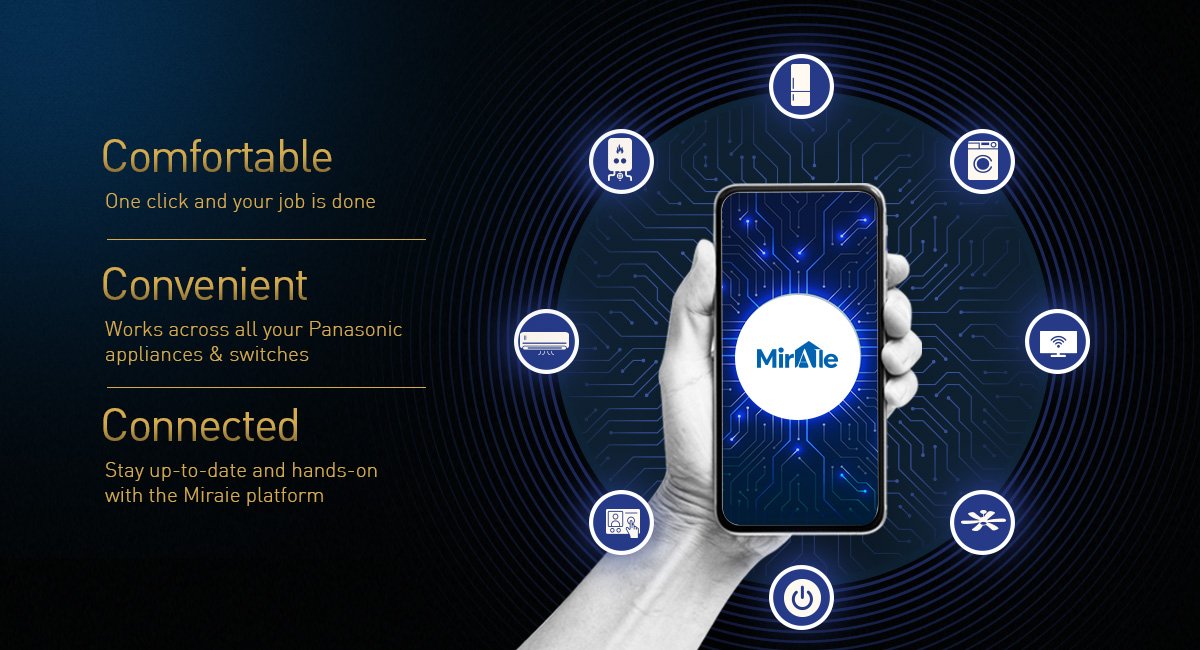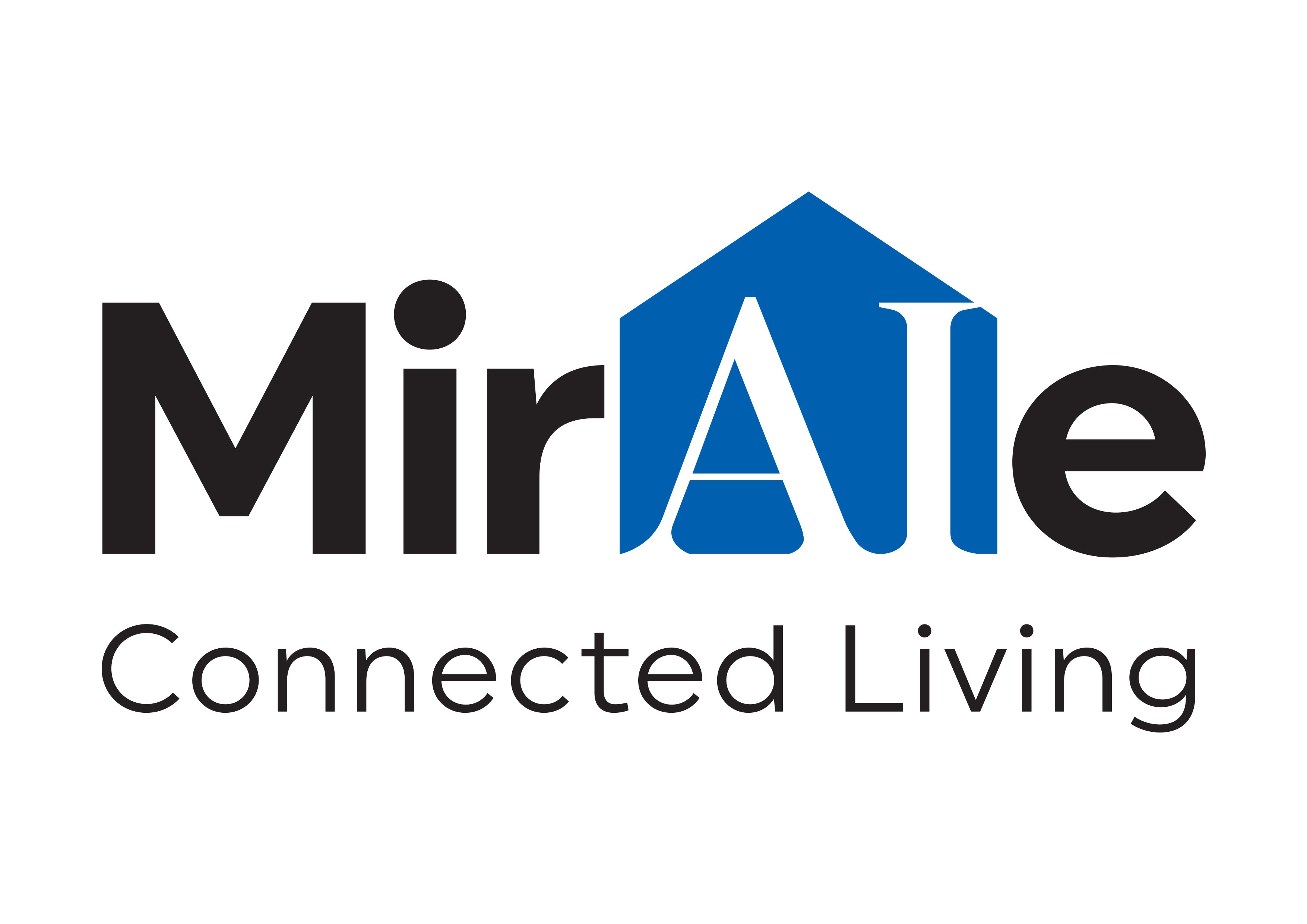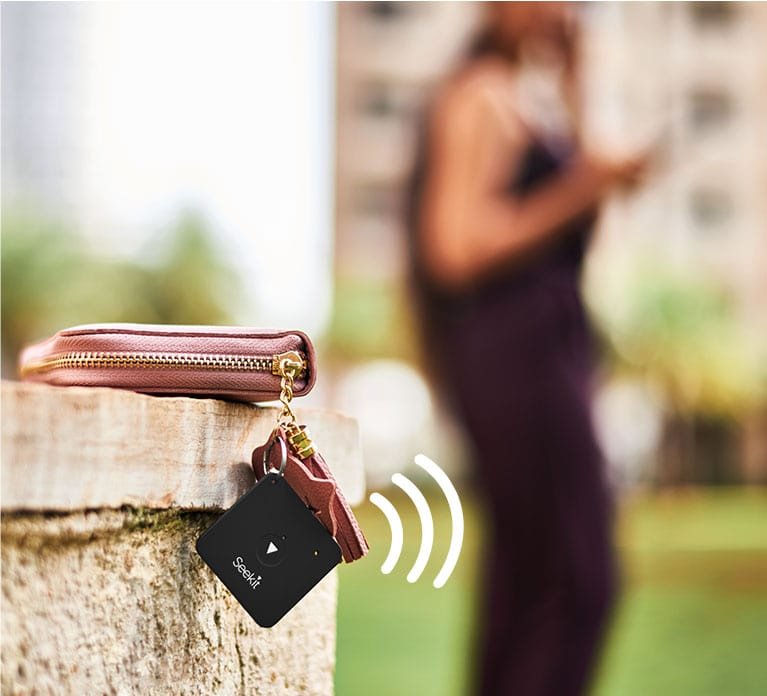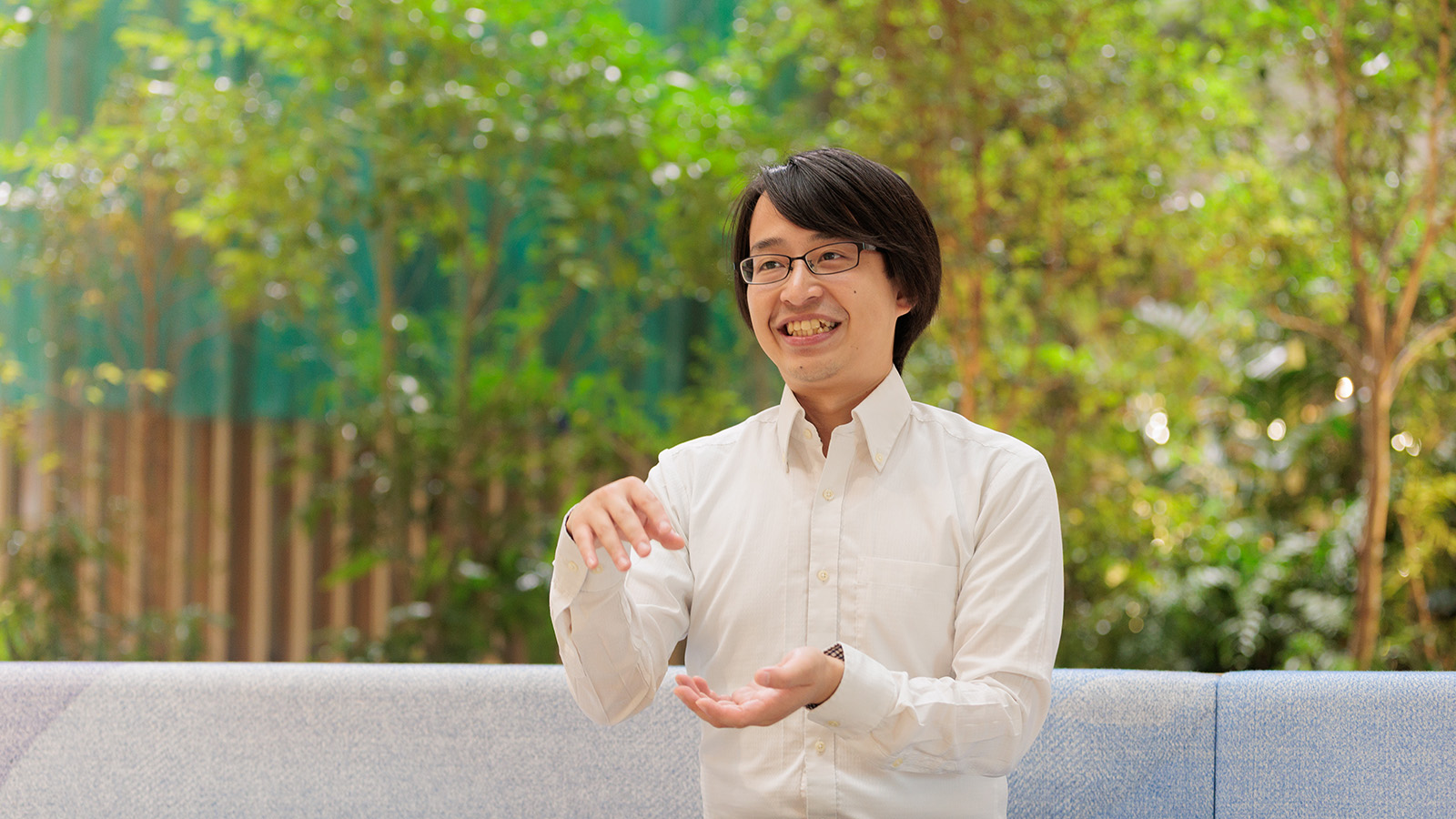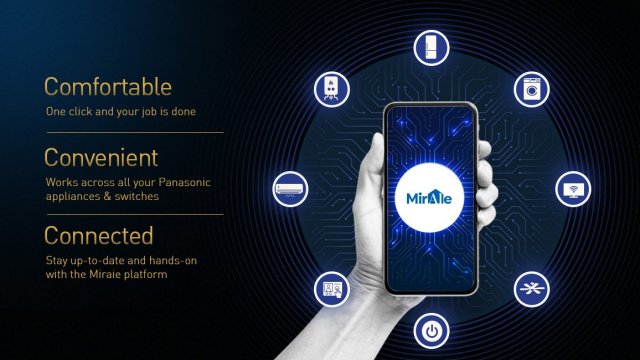
20 years ago, India attracted companies from around the world seeking a cost-effective base for operations that did not need to be in customer proximity. Today, the country is attracting attention because of its own huge population base, one of the youngest, most diverse and internet-savvy in the world. More than 900 million Indians have access to the internet, and its factories are at the forefront of digital transformation.
In 2017, Panasonic established its India Innovation Centre (IIC) in Bangalore. Deliberately set up to function independently from the company's product-based organizational structure, the IIC leverages developments in the fast-evolving fields of IoT, mobility and artificial intelligence to create new products and business lines in both the consumer field and the industrial sector.
To this end, the IIC focuses on recruiting top talent in the technology sector. Explains the IIC's Chief Innovation Officer Manish Misra, "There are many smart people graduating from India's universities every year, and we recruit the very best of them--the Navy Seals of technology, if you like."
The IIC works closely with--and mentors--emerging companies in India's vibrant start-up ecosystem. These companies in turn benefit from association with the Panasonic brand and from access to the company's global ecosystem of suppliers, partners and customers.
The initial focus of the IIC was home innovation. Shortly after setting up the new center, Panasonic commissioned extensive market research to delve into the mindset of Indian consumers, to gauge their views of connected devices in the home and assess their willingness to engage with IoT platforms.
Explains Misra, "We found that most respondents were looking for ease-of-use and hassle-free maintenance in their household appliances, and were happy with the concept of IoT connectivity if it helped achieve this. In fact more than half of them said they were planning to purchase IoT-enabled products over the following six months."
Accordingly, one of the products to emerge from the IIC was "Miraie", an IoT- and AI-enabled home appliance control system. Deriving its name from the Japanese words for "future" and "home", Miraie enables remote control and monitoring of a range of domestic appliances, including air-conditioners, refrigerators and washing machines. Users can either program the settings of individual devices themselves using their smartphones or they can allow Miraie's AI functionality to determine these.
Addressing consumer feedback from the survey that easy maintenance is as important as advanced features, Miraie monitors the performance of each connected appliance and alerts users and remote service centers in advance when maintenance or repairs are likely to be necessary.
Comments Misra, "We've since expanded the range of appliances Miraie can interface with and are now extending compatibility to third-party appliances. The next step will be to enable Miraie to work in public environments such as shopping malls or hospitals, as well as in commercial and industrial environments. It will be a real game-changer."
Another consumer innovation to emerge from the IIC was Seekit, an IoT-based tracking solution allowing people to find lost objects and loved ones, even in crowded areas. It links a Bluetooth™ tracking tag with a smartphone app to provide location information. If a child is wearing a Seekit tracker, for example, a separation alert is triggered whenever he or she moves outside a pre-determined radius from the parent or guardian's position, and the child's location can be confirmed through an accompanying smartphone app.
Panasonic's focus on industrial applications aligns well with the unfolding industrial revolution, commonly known as 'Industry 4.0'. This is seeing the rapid deployment of IoT technology to create interconnected manufacturing systems that communicate, analyze, and use information more smartly to improve efficiency, quality and reliability.
Leveraging cutting-edge technologies from Japan, the IIC has already developed and launched data visualization and machine monitoring solutions, providing operators with insights into the performance of a specific range of injection-molding machines. These include visual analytics covering machine downtime, quality rejections and various other parameters, which can be viewed on dashboards via a web browser or mobile app.
Currently offered only as on-premise facilities, the solutions will shortly be available in the cloud, and their coverage extended to robotics, precision welding and CNC machining. Solutions offering prescriptive and predictive analytics and allowing customers to create their own KPIs and dashboards are also in the pipeline.
The third main area of innovation the IIC is focusing on is digital signage, a centrally managed network of electronic displays of text, animation and video messages. It is designed for use in retail and office environments, as well as in commercial facilities such as restaurants and hotels, and in public facilities such as museums and stadiums. The displays provide wayfinding, general information, advertising and entertainment to targeted audiences in those facilities.
What might come out of the IIC next? Misra pauses as he considers the future. "We're working with our teams in Japan on solutions for the energy market and for mobility, for example e-charger platforms. We have a number of Proofs of Concept underway with some start-up companies."
And what of the COVID pandemic, which has caused such widespread disruption across the globe? Have the changes it's forced on working practices and lifestyle caused any change of focus for the IIC?
"Not really," asserts Misra. "In fact, it's emphasized the importance of many of the solutions we were already working on. For example, one of Miraie's benefits is that it allows contactless operation, which as a result of COVID-19 is in increasing demand, particularly in public facilities. And the tracking features embedded in the Seekit solution can help to ensure social distancing in public areas, ensuring for example that people stay in zones they've been asked to confine themselves to or are authorized to be in."
Misra is enthusiastic about the Panasonic India Innovation Center and optimistic about the future. "We're on an exciting journey. It' is satisfying to see concepts come off the drawing board and go into production so quickly. And I'm proud that India is proving itself on the cutting edge of the kinds of technology that are transforming our lives so rapidly and for the better."
# # #
Disclaimer:
We would like to note that Panasonic Newsroom is not a place to address personal Customer Service issues. Even though this is not the forum, Panasonic is always eager to resolve your concerns. Our local customer services contacts can be found at Global Support or you can see our list of Social Media Accounts to find the right channel for your queries and concerns.
Related Links
Related News
- Panasonic Bets Big on Connected Living Solutions in India; Expands Miraie Range (Feb 17, 2021)
- Meet the Future with Miraie - Connected Living Platform from Panasonic India (Feb 14, 2020)
- Samsonite Forms Strategic Alliance with Panasonic to Launch IOT Enabled Smart Luggage (Sep 02, 2019)
- Panasonic India Innovation Centre Launches Seekit, a Bluetooth(R) Based IoT Solution (Nov 21, 2018)
- Designing a Smarter Future - Panasonic India in Collaboration with Tata Consultancy Services Announces its India Innovation Centre from Bengaluru (May 24, 2017)


